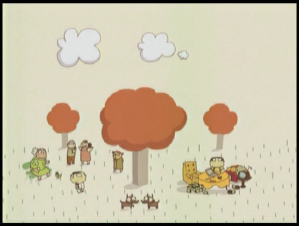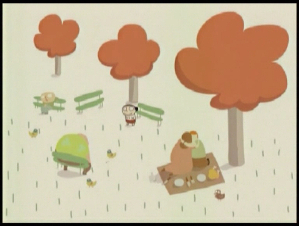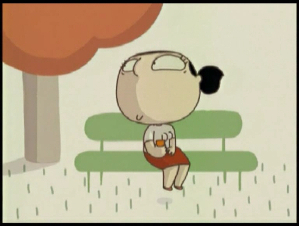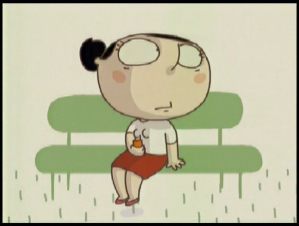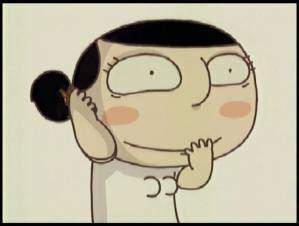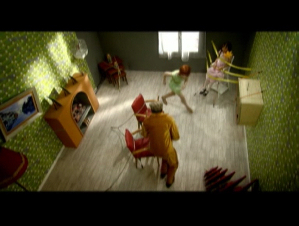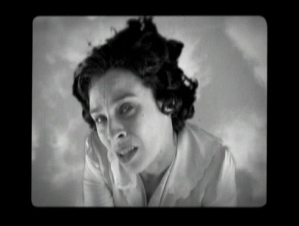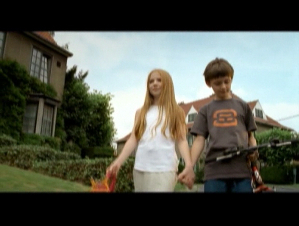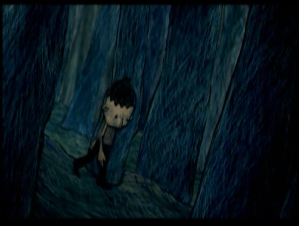Camera Placement
Camera Placement
How far the camera is from the subject, as well as the angle and level of the camera, change our experience of what we see on screen.
Camera distance
Extreme long shot - establishes the setting.
Long shot - establishes the relationship of character to setting.
Medium shot - shows characters interacting and using tools.
Medium close-up - concentrates on human action and motivation.
Close-up shot - focuses attention on emotions or objects.
Extreme close-up - focuses on a portion of the person's face so we can read something that the other characters usually cannot.
Camera angle
High angle - establishes superiority to the subject or sympathy with their plight.
Bird's-eye angle - looks down on the action from above and establishes an almost scientific superiority over the subject, as though looking down at insects.
Eye-level angle - places the camera and the audience on equal terms with the subject.
Low angle - places the audience in an inferior position to the subject, making them look more heroic, powerful or intimidating.
Dutch angle - here the camera is skewed to suggest that the world is somehow out of joint or that the character we are following is somehow tilted or disturbed.
The way these techniques are used will also depend on the depth of field that the filmmakers use for each shot and mise-en-scène, namely:
- the lighting
- set design
- costume
- visual composition (the dramatic arrangement of characters within a space).
